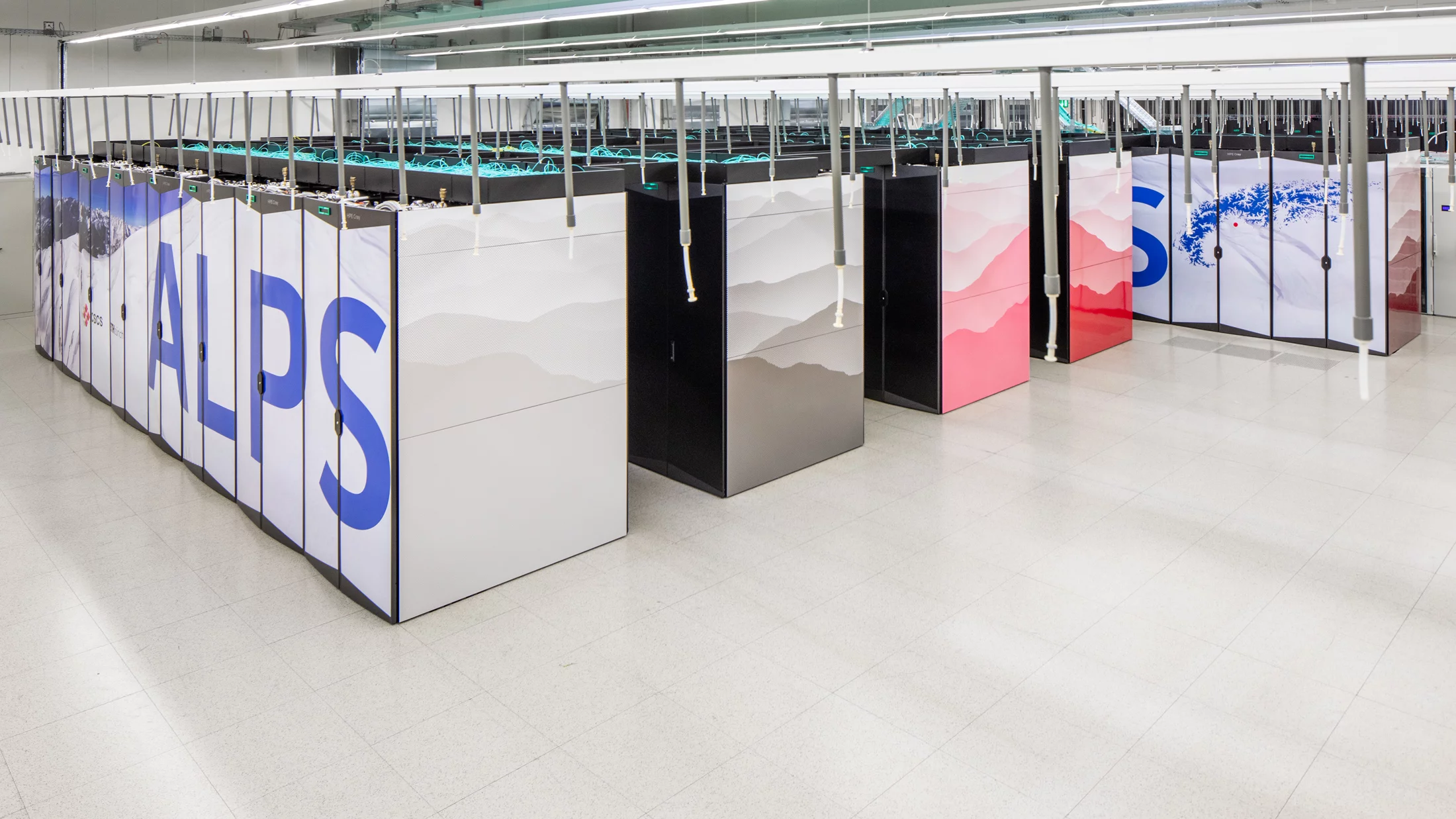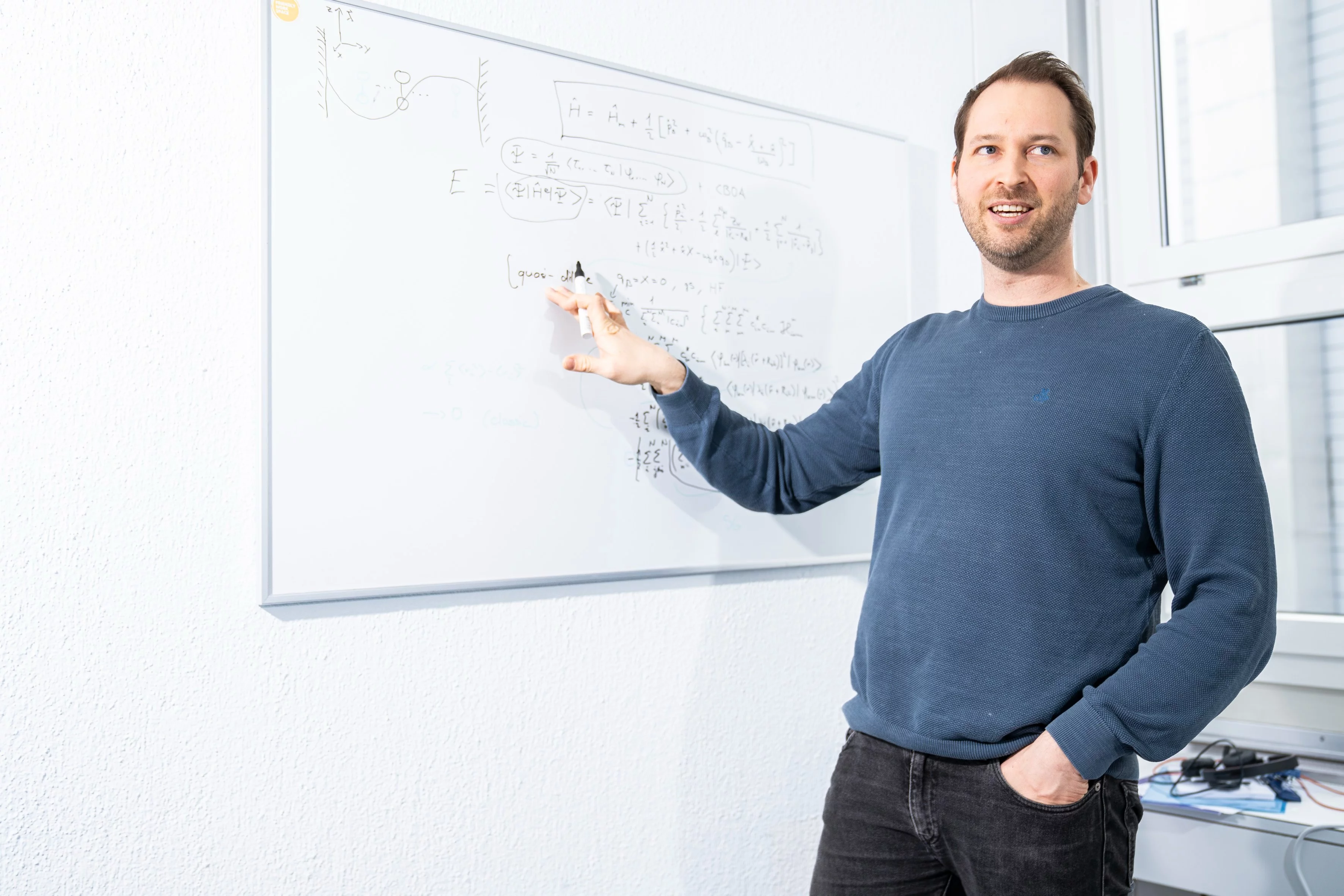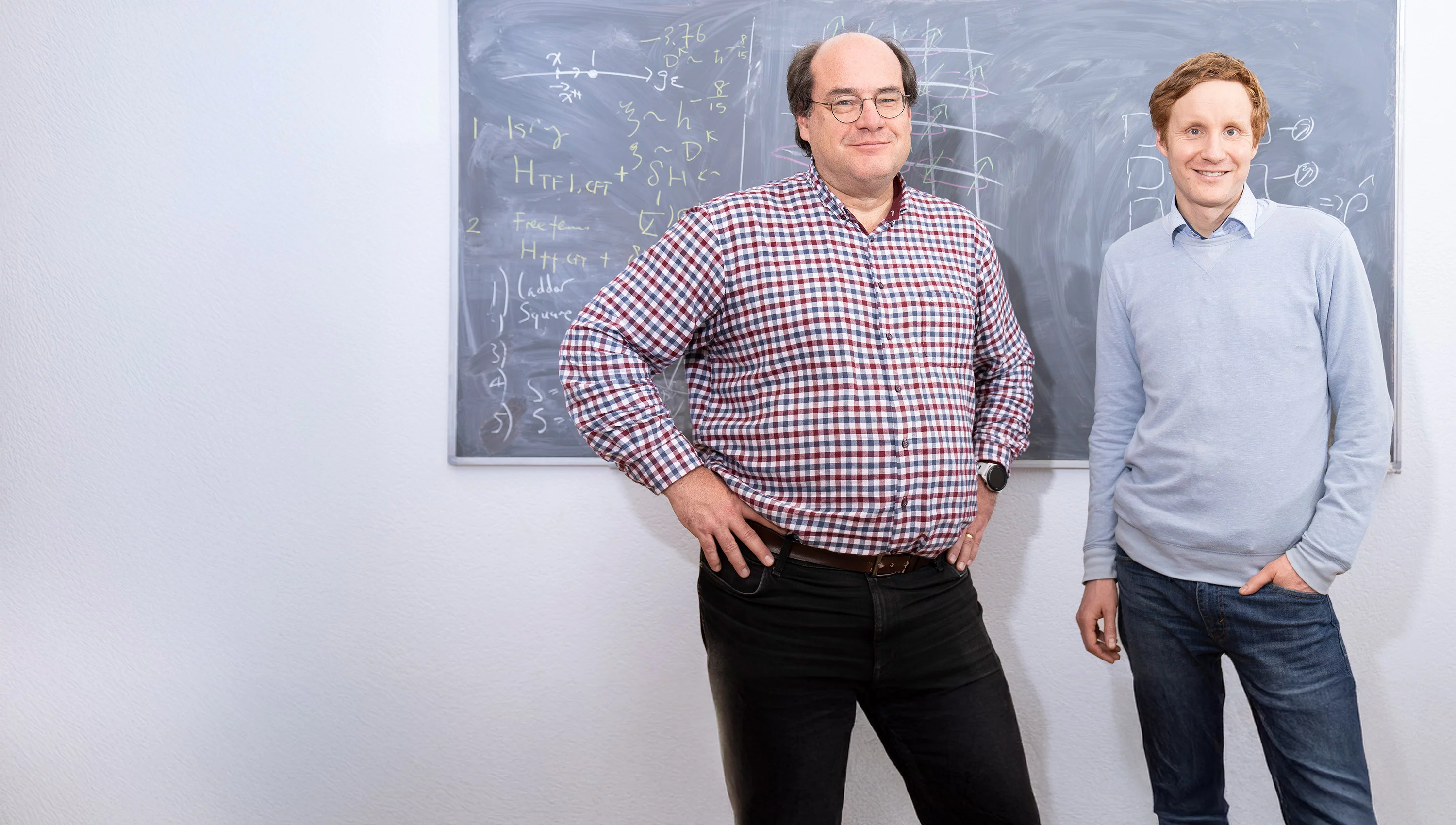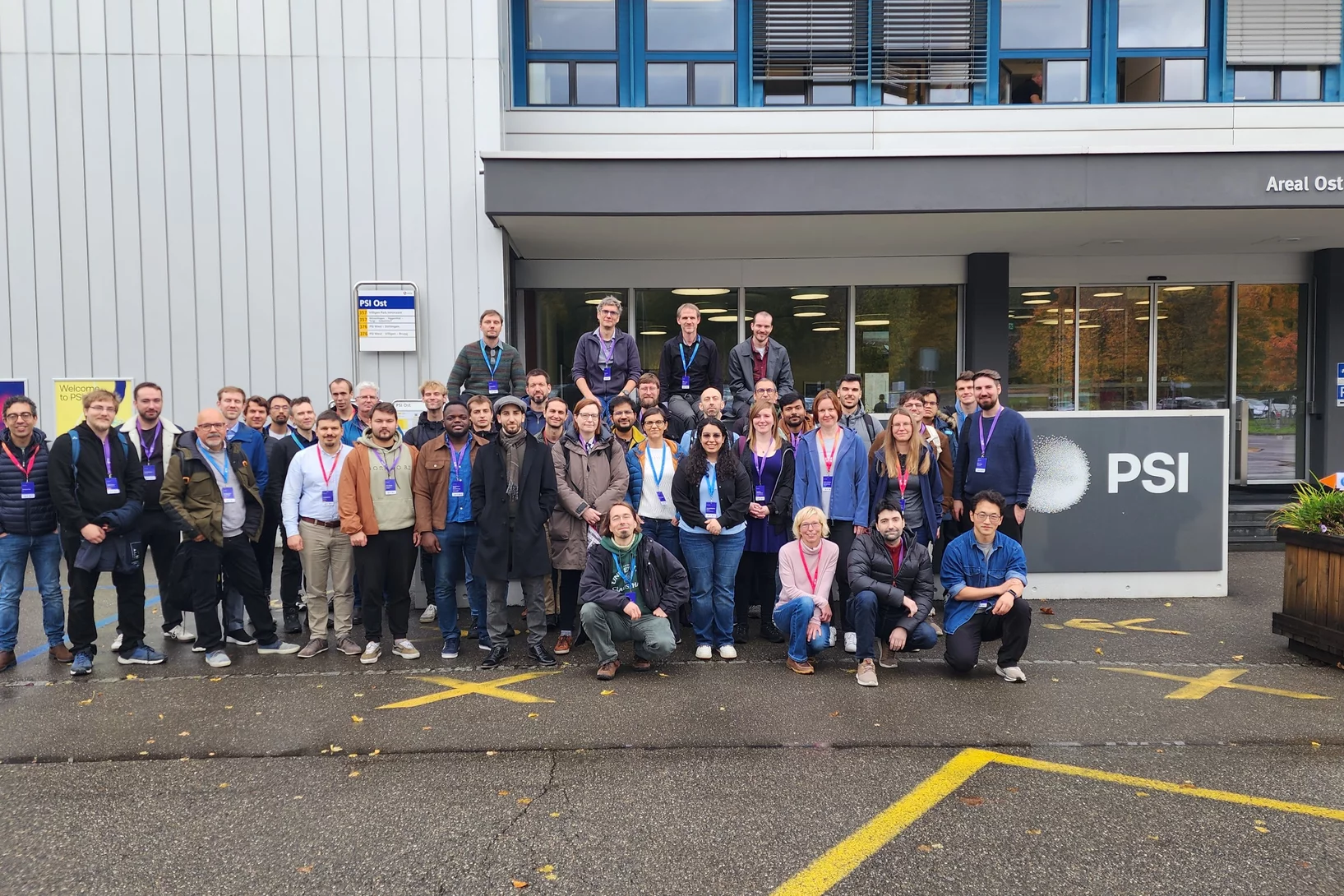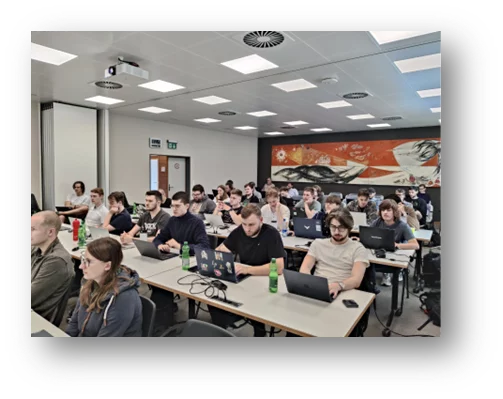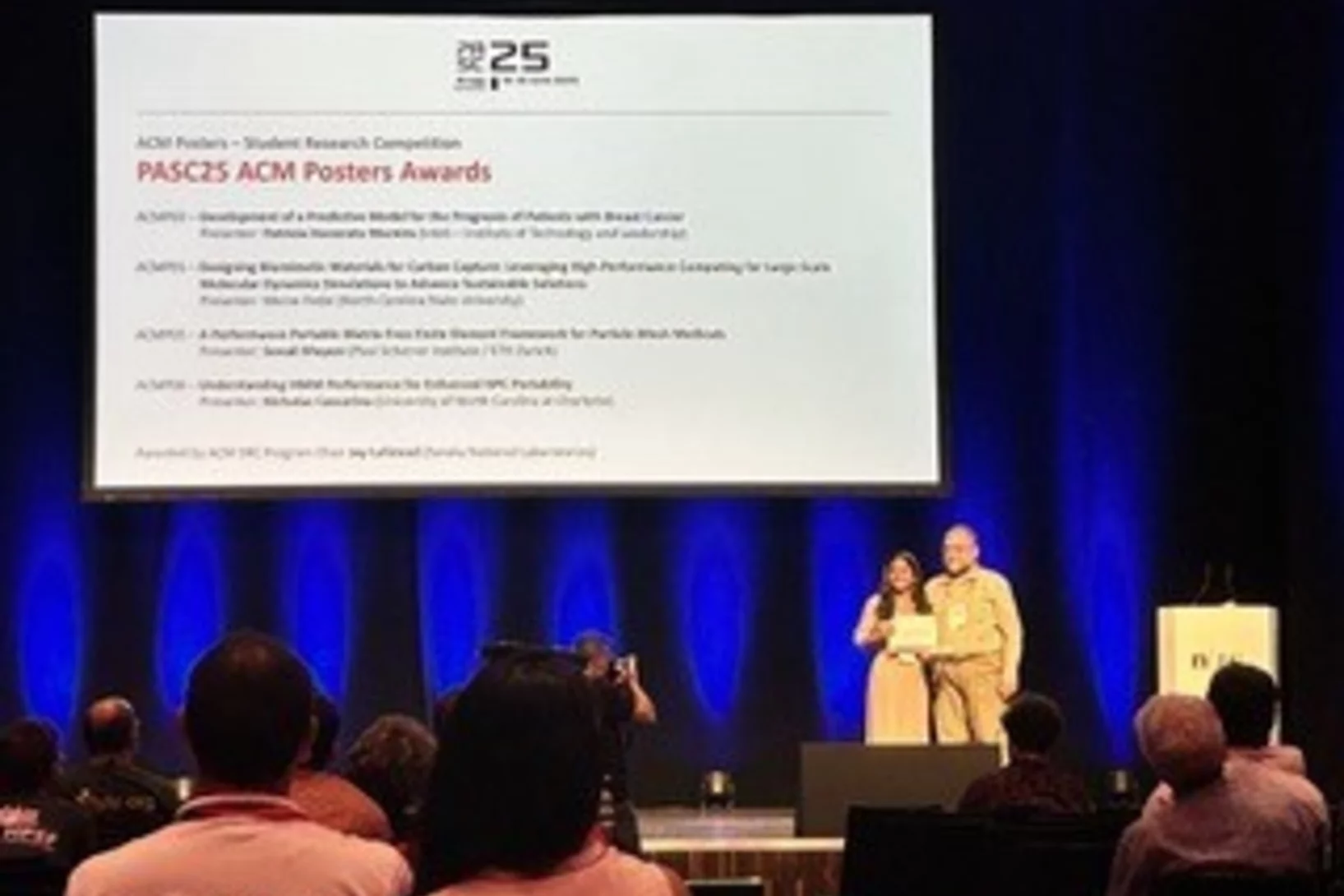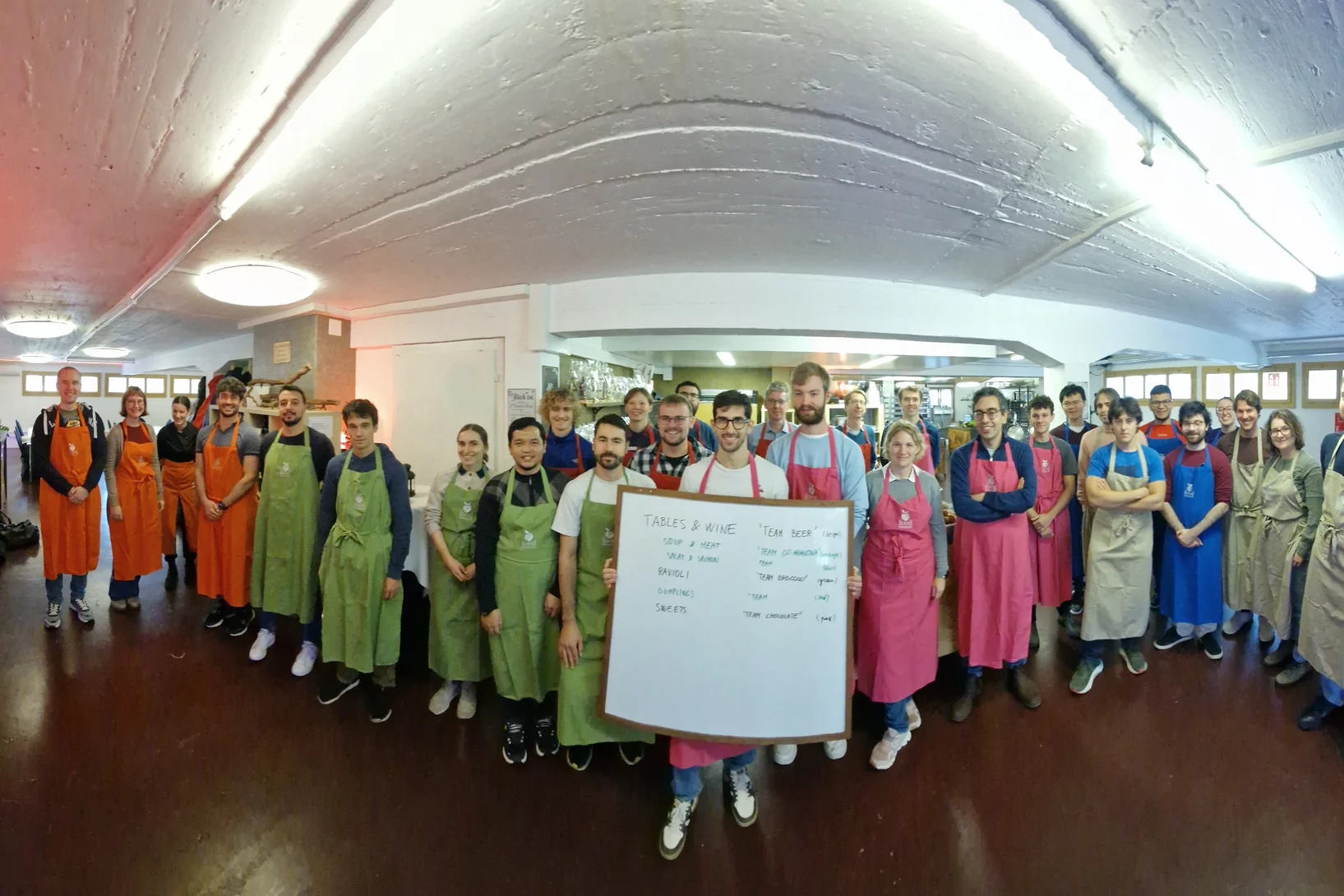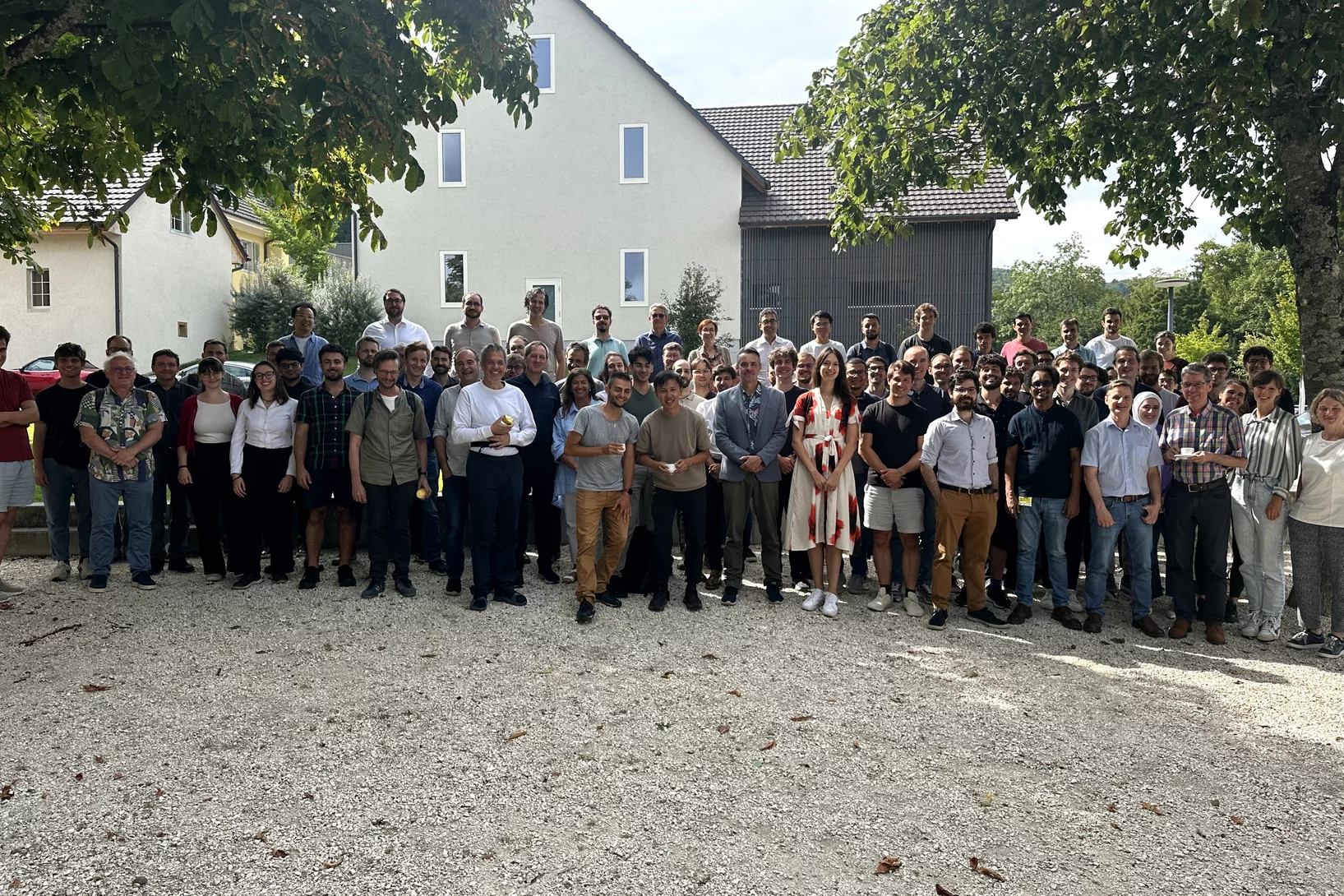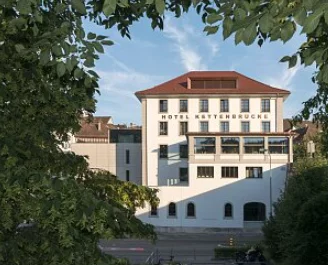The PSI Center for Scientific Computing, Theory and Data links new opportunities of computational materials modelling and data science with PSI’s unique large research facilities.
Scientific Highlights & News
MADICES Conference at PSI
The MADICES 3 workshop was about bringing representatives from the open research data (ORD) community, including research data management (RDM) platform developers/maintainers, ontology/semantics experts, those leveraging AI/LLM for RDM tasks, and FAIR principles advocators together to discuss (and implement solutions for) the problems hindering the adoption of ORD and FAIR principles and practices in the sciences.
HPCP Summer School FHNW/PSI
The institute for Data Science of the FHNW in Brugg - Windisch and AWI department of PSI held a joint course on high performance computing. The course addressed computer science students of FHNW and interested individuals at PSI. Two full days at the FHNW (with Apero) were followed by two full days at PSI using Merlin6 (with tour).
Congratulations to Sonali for winning the ACM student research competition !
Congratulations to Sonali for winning the ACM student research competition that took place at PASC 2025 in Brugg as part of the SIGHPC ACM SIG conference
The life of the Center
Cooking Team Event – LMS
On October 30th, the LMS team gathered in Kaltbrunn for a memorable cooking event !
CSD Science Day 2025
The CSD Science Day retreat with 100 participants was an exceptional experience, marked by a wealth of insightful contributions on Artificial Intelligence. The event included a series of thought presentations, exploring the latest trends and innovations in AI. A particularly engaging panel discussion provided an opportunity for deeper dialogue on key topics, offering diverse perspectives and stimulating discussions among the participants.
LSM Retreat
The LSM carried out a scientific retreat, where students and young researchers presented their work. There was also a panel discussion on energy consumption in High Performance Computing (HPC) that involved the wohle audience.
Publications
-
Mazitov A, Chorna S, Fraux G, Bercx M, Pizzi G, De S, et al.
Massive Atomic Diversity: a compact universal dataset for atomistic machine learning
Scientific Data. 2025; 12(1): 1857 (12 pp.). https://doi.org/10.1038/s41597-025-06109-y
DORA PSI -
Jiang Y, Qiao J, Paulish N, Zhao W, Marzari N, Pizzi G
Robust Wannierization including magnetization and spin-orbit coupling via projectability disentanglement
npj Computational Materials. 2025; 11: 353 (11 pp.). https://doi.org/10.1038/s41524-025-01835-8
DORA PSI -
Chen Y, Elben A, Rubio A, Refael G
Bosonic entanglement and quantum sensing from energy transfer in two-tone Floquet systems
Physical Review Research. 2025; 7(4): 043014 (36 pp.). https://doi.org/10.1103/cm49-smhr
DORA PSI

